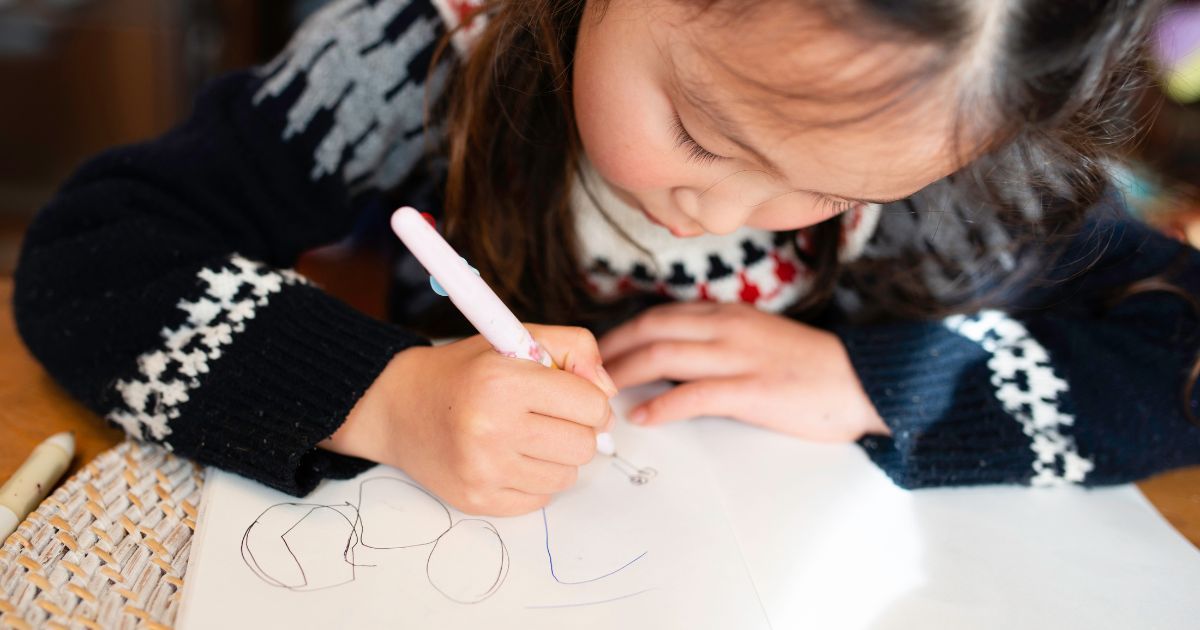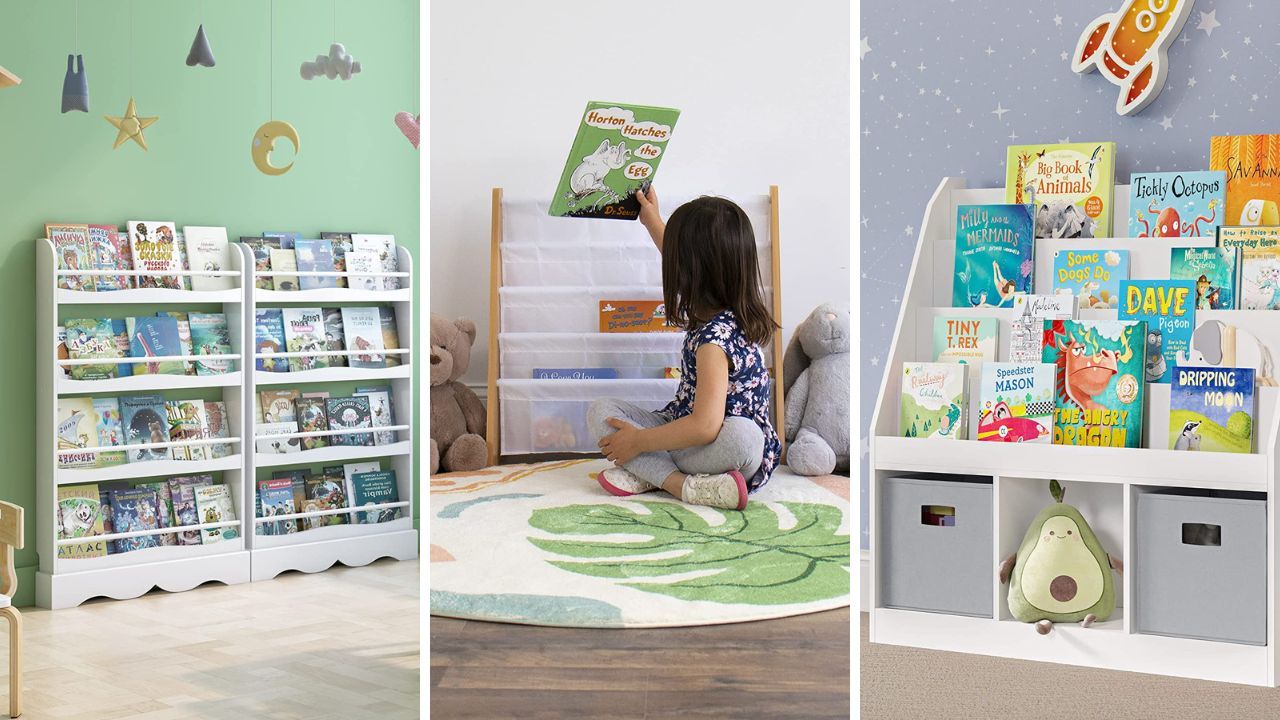
How Does Montessori Teach Reading | Empower Your Child
Explore 'How Does Montessori Teach Reading' from pre-literacy to grammar. Understand this unique approach that nurtures a love for words.
Have you ever wondered about the Montessori method and how it teaches reading? If so, you're in the right place.
The Montessori method, named after its creator Dr. Maria Montessori, is a child-centered educational approach that's been around for over a century. It's based on scientific observations of children from birth to adulthood.
What makes it unique? It views the child as one who is eager for knowledge and capable of learning in a supportive, thoughtfully prepared learning environment.
Now, let's talk about reading. Learning to read is an essential skill, isn't it? We all know that. But in a Montessori environment, it's more than just a skill. It's a journey, a carefully crafted adventure that fosters a love for language, nurtures creativity, and encourages self-expression.
In this blog post, we'll dive into the Montessori way of teaching reading - from its unique approach, the concept of pre-literacy, to the role of phonics. So, let's get started!
The Montessori Approach to Reading

If you think about traditional methods and how they teach reading, what comes to mind? Perhaps, rote memorization or repetitive exercises?
Montessori flips these conventional methods on their head. Instead, it offers a sensory-led and nurturing natural learning experience.
Dr. Maria Montessori believed that a child's sensory experiences begin at birth and these senses assist them in investigating and making sense of the world around them. This sensorial learning is a foundational component of Montessori education.
In a Montessori classroom, kids are introduced to letter sounds through hands-on materials like sandpaper letters. These tactile tools allow kids to feel the shape of the letter while hearing its sound, creating a multisensory learning experience that caters to various learning styles.
In Montessori classrooms, children make creative choices in their learning, while the classroom and the teacher provide age-appropriate activities to guide the process.
How This Approach Differs From Traditional Methods
Unlike traditional methods, Montessori schools teach reading by taking a "parts to whole" approach.
Children learn individual sounds, blend them into words, and eventually form sentences. This organic progression helps in teaching children to decode new words independently and fosters a sense of achievement.
The Montessori approach allows children to progress at their own pace.
- Traditional classrooms follow a set curriculum for all students, regardless of their reading levels.
- Montessori classrooms cater to individual needs and allow students to advance to more complex reading materials when ready.
Pre-Literacy in Montessori

Before we jump into reading, let's talk about pre-literacy.
Pre-literacy refers to the skills and knowledge a child acquires before they can read or write. It's the foundation upon which literacy is built.
In a Montessori setting, pre-literacy activities might include storytelling, singing, rhyming, and playing with words and letter sounds. These fun-filled activities not only develop the child's listening and speaking skills but also foster a love for language from an early age.
The Connection Between Pre-Literacy and Reading
Here's the exciting part: pre-literacy activities set the stage for reading. When children engage in rhymes or songs, they become aware of the different sounds in words.
They start to understand that words are made up of different sounds, and this awareness, known as phonemic awareness, is a critical precursor to reading.
The Role of Phonics in Montessori Reading

The Montessori reading curriculum comprises three key components: a strong phonics foundation, comprehension through visualization, and a whole language approach with a focus on reading for meaning and context clues.
Let's explore phonics! In the Montessori method, phonics is more than learning sounds; it's about experiencing them.
They use materials like sandpaper letters and movable alphabets to associate sounds with symbols. For example, a child might trace a sandpaper letter 'b' while saying the /b/ letter sound, creating a strong mind-body connection.
This multi-sensory approach works wonders! Why? Because it engages multiple senses simultaneously - touch, sight, and sound. This helps children remember what they learn.
Scientifically speaking, when we engage multiple senses, more cognitive connections and associations are made within our brain, leading to better memory retention.
The Importance of Writing Before Reading in Montessori

In the Montessori method, an interesting twist is that writing skills precede reading.
Maria Montessori observed that children naturally discover that they can communicate through marks on paper, recognizing the meaning behind scribbles, lines, and shapes.
This process of encoding allows for a better understanding of language structure, making decoding (reading) easier. It's like solving a puzzle - once you know how the pieces fit together, the whole picture becomes clearer.
Vocabulary Development and Background Knowledge

Reading isn't just about decoding words; it's also about understanding them. That's where vocabulary development and background knowledge come into play.
Montessori places great emphasis on building a rich vocabulary and a wide base of background knowledge.
- From a young age, Montessori children are exposed to precise terminology, whether they're learning about the parts of a plant or exploring geometric shapes.
- They also engage in activities that build their knowledge about the world, such as geography puzzles and cultural studies.
How This Supports Cognitive Understanding and Reading Abilities
A rich vocabulary and broad background knowledge support reading in two ways.
- First, when children encounter words they already know while reading (sight words), they can comprehend the text better.
- Second, if they have prior knowledge about the topic, they can make connections to the text, improving their understanding and retention.
In other words, the more words and worldly wisdom they have in their tool belt, the better equipped they are to tackle the adventure of reading.
Case Study: Reading Success in Montessori
Let's bring these concepts to life with a real-world example.
Meet Lucy, a Montessori student who started her reading journey at age three. Lucy began with pre-literacy activities like rhymes and songs, igniting her interest in sounds and words.
Guided by Montessori teachers, Lucy advanced to phonics using sandpaper letters and movable alphabets. By age five, she started expressing her thoughts in writing, enhancing her phonemic awareness.
Now, at seven, Lucy is a passionate reader, devouring books with a wide vocabulary and deep comprehension. Her story is a testament to the effectiveness of the Montessori reading method.
Frequently Asked Questions about Montessori Reading
What is the ideal age for Montessori kids to start reading?
Every child is different, and Montessori respects this individuality. Some kids may start as early as three, while others might begin at five or six. The key is to follow the child's pace and interest.
How does Montessori use the science of reading?
The Montessori language curriculum provides a logical and systematic approach to teaching and learning. The term "science of reading" is widely used in different contexts, but its interpretation can vary across media, policy, and curricula.
Montessori integrates the science of reading by emphasizing phonemic awareness, systematic phonics, and the development of fluency, vocabulary, and comprehension skills. These components align with the Simple View of Reading, a scientific framework that enhances our understanding of reading acquisition.
Does Montessori use phonics?
The Montessori method indeed incorporates phonics in its literacy instruction. This educational approach teaches the moveable alphabet based on the sounds letters make, rather than their names.
It emphasizes phonics before writing and writing before reading, providing a logical progression for language understanding.
Do Montessori students read or write first?
In the Montessori educational approach, writing precedes reading. This method allows children to familiarize themselves with letters and gradually assemble them into words, thus naturally transitioning into reading. The process is tailored to each child's pace and developmental readiness.
What must a child do before reading according to Montessori?
In the Montessori approach, children are taught to write before they read. This method encourages them to assemble letters into words at their own pace, using writing as a tactile expression of sounds.
Maria Montessori also emphasized the importance of instilling a love for books in children as a precursor to reading.
What are the reading levels in Montessori?
Montessori reading levels are categorized into series, specifically the Pink, Blue, and Green Series, each progressing in difficulty.
The Green Series marks a point where children start to become fluent in reading. Additionally, some Montessori curriculums include Red and Orange levels for short vowel sounds and consonant blends respectively.
Final Thoughts
So how does Montessori teach reading? well in this blog post, we've explored how Montessori teaches reading - from its unique, sensory-led approach to the emphasis on writing before reading, and the importance of vocabulary development and background knowledge.
We've also seen how the method aligns with the science of reading and witnessed its effectiveness through a real-life case study.
The Montessori method, with its respect for the child's pace and learning style, not only teaches children to read but also nurtures a lifelong love for learning. It's more than a method; it's a journey toward independent, confident readers.
Thank you for joining us on this exploration of the Montessori reading method. Until next time, happy reading!
Before You Go...




